Lavender plants suffer from very few pests and even fewer diseases. In fact, as an aromatic herb, lavender may even help protect other plants from pests by repelling harmful insects or disguising target plants with its strong fragrance.
But all of this brings little comfort and no help when lavender plants do show signs of stress. Even a hearty lavender bush isn’t immune to disease and pests. An awareness of some of the most common lavender problems will help you identify and treat lavender pests and diseases if they do appear.
Lavender Problems
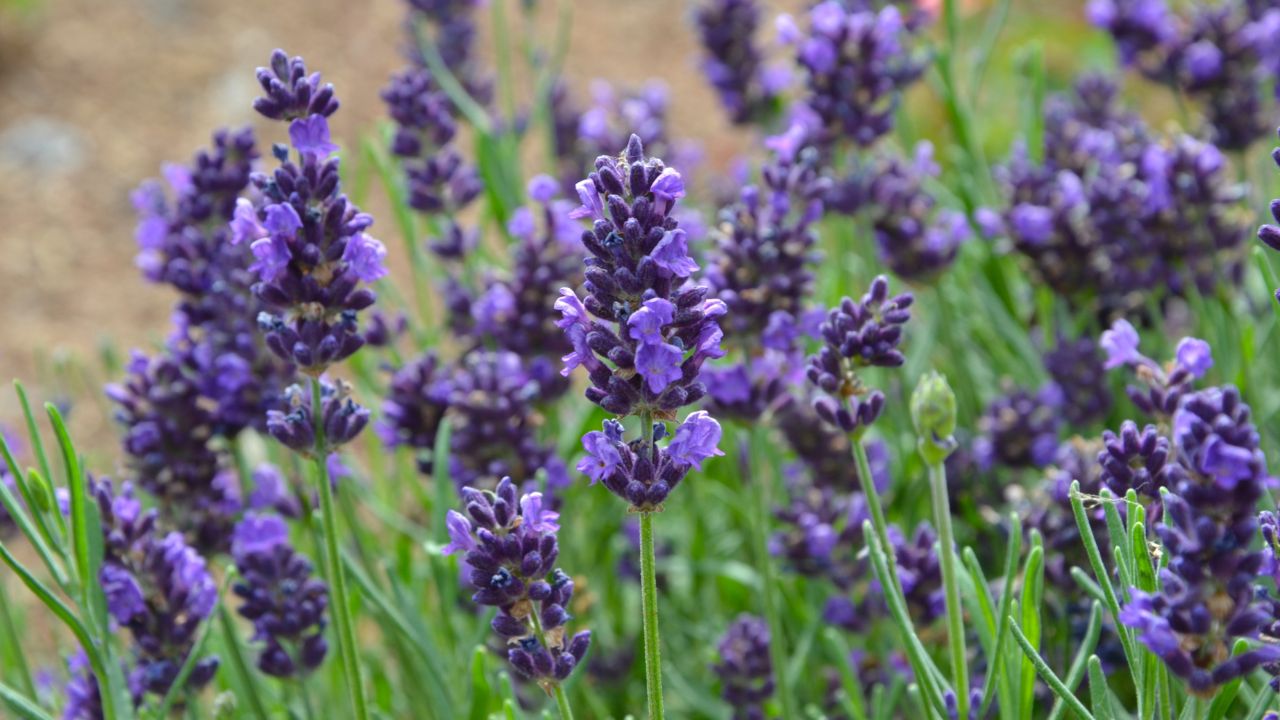
Image Credit: Shutterstock.
Though few, lavender pests and diseases can still wreak havoc on these beautiful herbs. Below are some of the most common lavender problems, along with identifying characteristics and methods for treatment.
Is your lavender plant dying? Here’s how to rescue a dying lavender plant.
Lavender Plant Diseases- 1. Alfalfa Mosaic Virus

DavidivardiIL – Own work, CC BY-SA 4.0.
Alfalfa mosaic virus affects lavender as well as rosemary, legumes, nightshades, and a range of ornamentals. It causes yellowing, contorted leaves, and may stunt the growth of the plant as well. Aphids, one of the most common vectors, are often found on infected plants. Transmission most frequently occurs through the use of unsanitized garden tools, direct contact between plants, and feeding insects (such as aphids).
Prevention, then, begins with good hygiene. Take care to clean garden tools as you put them away after each use (this also prolongs their lifespan!), and keep lavender beds well weeded. Monitor for pests, too, and take action against them as necessary.
Unfortunately, there is no treatment for alfalfa mosaic virus. Any infected plants should be removed promptly. Wear gloves when doing so, and destroy or dispose of the infected plants; do not put them in the compost pile! The virus can lie dormant for years. Then wash the gloves and sanitize any tools that may have come in contact with the infected plants.
2. Root Rot
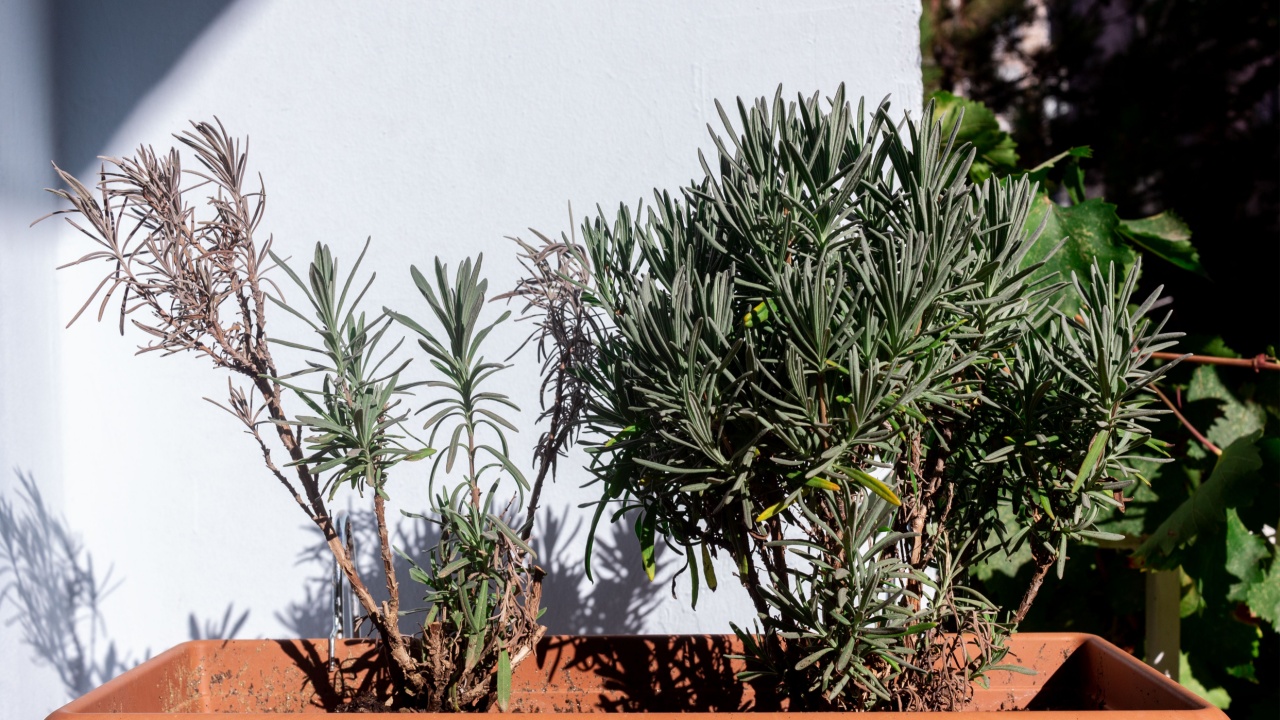
Image Credit: Shutterstock.
The most common lavender disease, root rot, is typically caused by species of the soil-borne pathogen Phytophthora. Other possible pathogens include Fusarium, Pythium, and Rhizoctonia. Regardless of genus or species, root rot manifests as wilting and dying foliage aboveground and rotting, discolored roots below. Leaves sometimes turn yellow or brown before wilting. Root rot is caused by too much water from overwatering, poor drainage, or excess rainfall.
To prevent root rot, provide lavender with ideal growing conditions – full sun and well-drained soil with a pH of 5.8-7.0 – and avoid overwatering and adding lots of organic matter (use dirty rock to mulch lavender). If you have heavy clay soil, double dig or use a broadfork and incorporate sand to loosen the soil and improve drainage.
When caught early, root rot can be treated. Prune away damaged tissues, taking care to properly dispose of or destroy the plant material and sanitize any tools used. Spray affected plants with a baking soda or horsetail solution, or apply organic fungicide granules to the soil. Make sure the plants have good air circulation and allow the soil to dry out completely before watering. Severely affected plants will need to be dug out and disposed of.
3. Shab
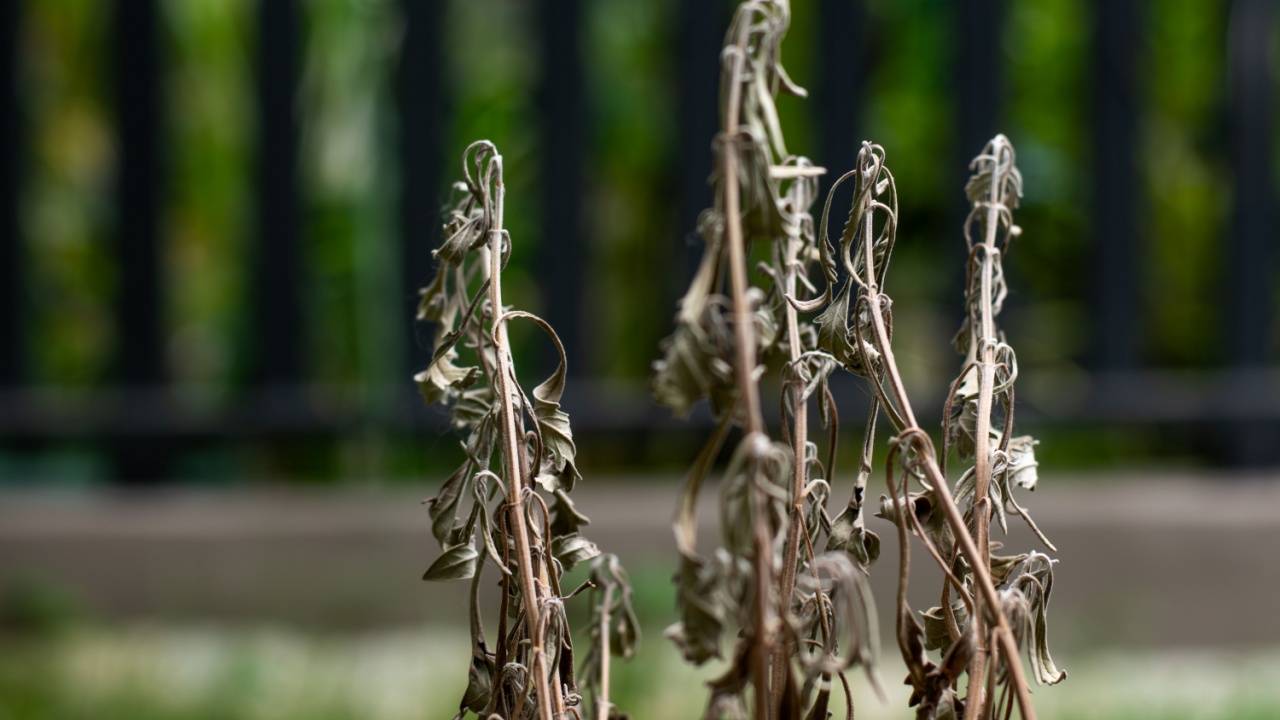
Image Credit: Shutterstock.
Phomopsis lavandulae, commonly called shab, is a wind-spread fungal disease that affects the green stems and woody branches of lavender plants. Symptoms begin in new growth, which will wilt, develop black spots, or turn brown. Then older, lower growth turns brown and dies, and black spores may appear on woody parts, from where they will spread to other plants.
Prevention is key in fighting shab. Purchase lavender seedlings only from sources that offer certified disease-free stock. Never take cuttings from lavender plants that show signs of disease. Some lavender varieties have varying resistance to shab, such as French lavender (Lavandula dentanta), which is immune.
As with alfalfa mosaic virus, there is unfortunately no treatment for shab. Any infected plants will need to be carefully dug up and destroyed or disposed of. Remember to wash and sanitize gloves and tools used to remove plants with shab to avoid spreading it to unaffected plants.
Lavender Pests- 1. Moles, Voles, and Gophers
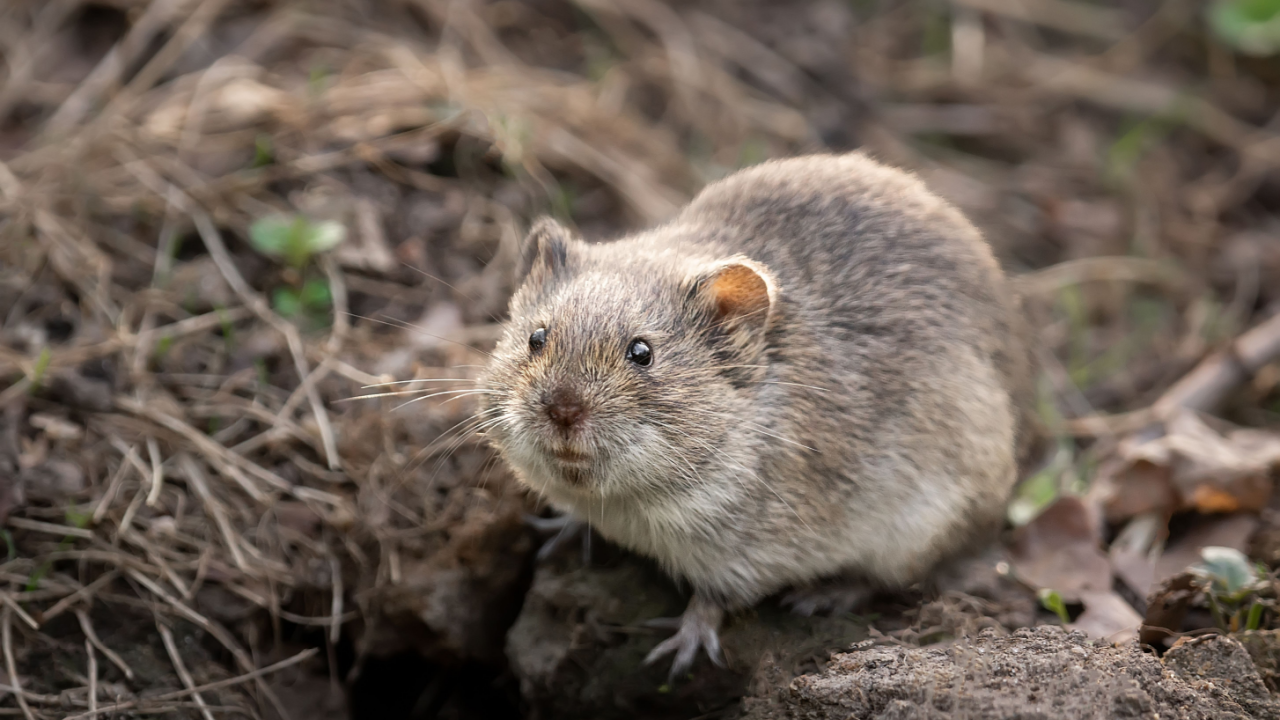
Image Credit: Shutterstock.
Moles may damage lavender plants by tunneling under and uprooting them, but moles typically eat insects rather than plants. Look for circular, volcano-shaped soil mounds, often connected by runways visible as raised ridges. Here’s how to get rid of moles.
Gophers also form mounds, but theirs are crescent-shaped and lack runways. Gophers do eat roots and sometimes aboveground portions of plants, and they may also gnaw on irrigation lines.
Voles also eat roots and other plant material, though they travel in mazes of aboveground runways that connect small burrow openings. Here’s how to get rid of voles.
When used properly, traps are often an effective management technique for all three mammals. But there are different types for each, so make sure to correctly identify which mammal is damaging your lavender and buy the corresponding traps.
Burying quarter-inch wire mesh as exclusion fencing (six inches to two feet deep) also works well, but can be expensive and time-consuming, though it is a one-time job if you use galvanized or stainless steel wire.
Many farmers and gardeners recommend adopting a dog, especially terriers, or a cat to control small mammal pests.
2. Fire Ants
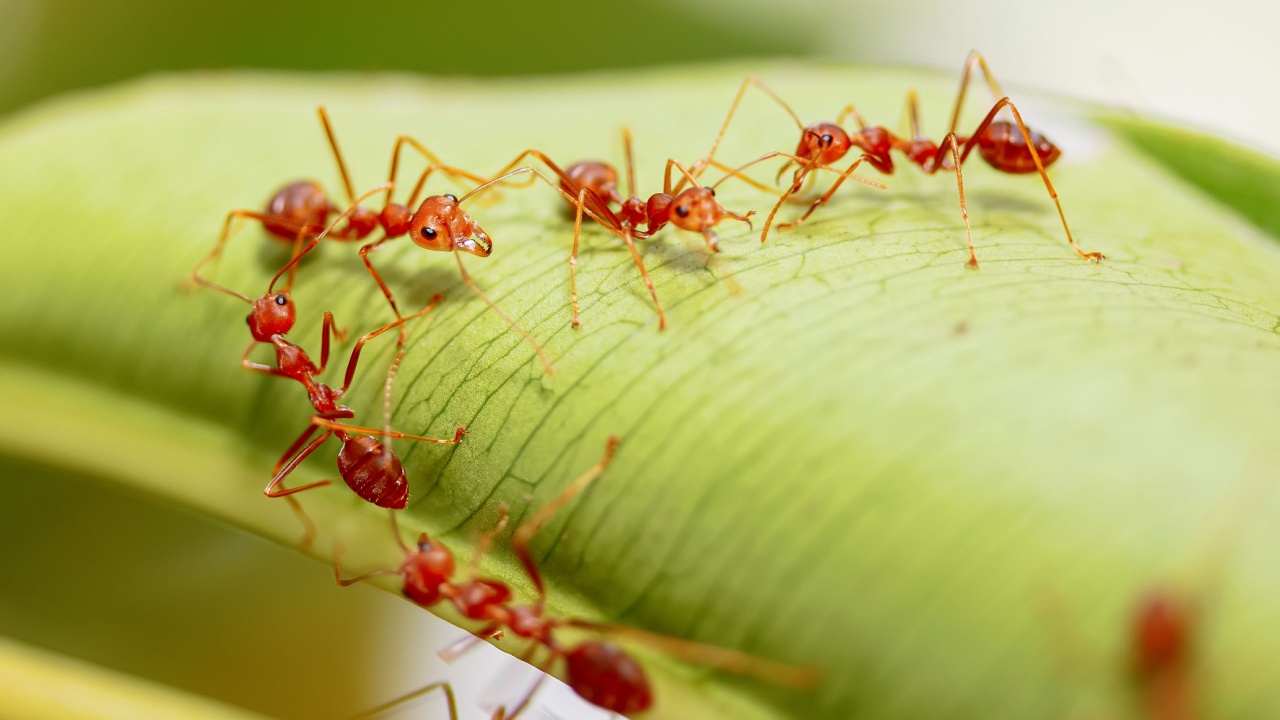
Image Credit: Shutterstock.
Depending on what part of the country you live in, fire ants may or may not pose a significant threat to lavender and other plants. These little orange ants nest and tunnel underneath and may even move up inside lavender plants. This pest is easy to identify: If you pull up a dead plant and fire ants pour out of the hole, they’re the culprits.
Insecticidal bait is likely the most effective option against fire ants. Make sure to select a bait made specifically for fire ants, and, of course, choose a certified organic bait for use near culinary lavender or if you have an organic operation. Liquid mound drenches can also be used for spot treating mounds. For a more natural option, try spreading diatomaceous earth on fire ant mounds and pathways.
3. Leafhoppers
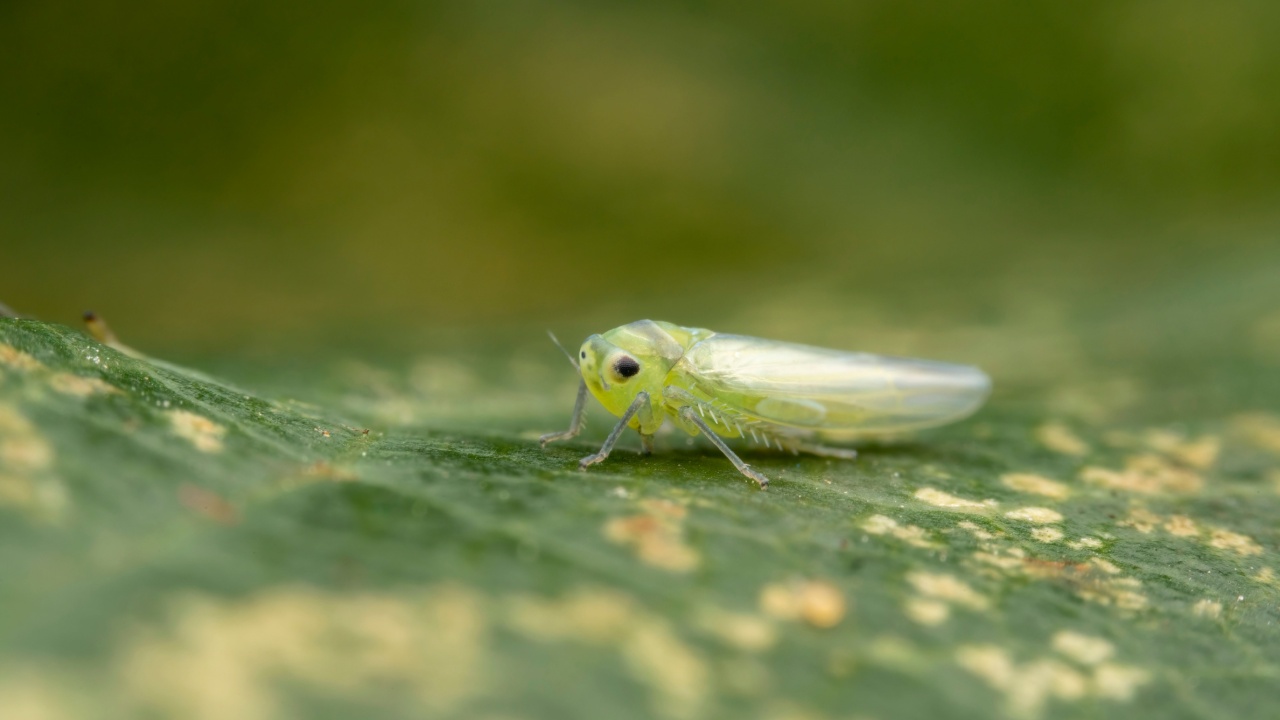
Image Credit: Shutterstock.
Leafhoppers feed by sucking out the juices of leaves and shoot tips, resulting in bleached specks on the foliage. The leaves and shoot tips of severely affected plants may turn yellow and then brown before curling and dying.
To distinguish leafhopper damage from that of other juice-sucking pests, check the undersides of leaves for the whitish cast skins of nymphs as well as the leafhoppers themselves. Adults are tiny, quarter to half-inch, wedge-shaped insects with at least one row of spines along their back legs. The differing species range in color, including brown, green, gray, yellow, and mottled. A sooty mold often grows on the honeydew excreted by leafhoppers.
Although leafhoppers have many predators and do not often pose a significant threat, you may wish to take action if a large infestation occurs. Neem oil, insecticidal soap, or horticultural oil can be sprayed on new growth and the undersides of foliage to control leafhoppers.
4. Spider Mites

Image Credit: Shutterstock.
Another sucking pest, spider mites cause stippling on leaves, which can lead to a bronze, yellow, or reddish coloration of foliage before the leaves drop off. These minuscule arachnids appear only as moving specks to the naked eye, though they typically live in colonies of hundreds on the undersides of leaves. Most species, true to their name, produce a silk webbing that helps identify them as spider mites.
Before treating plants for spider mites, make sure the pests are still present; they may have left by the time you notice their feeding damage. Avoid using broad-spectrum insecticides, which will harm beneficial insects, including the many predators of spider mites.
Small infestations may be controlled by simply spraying the host plants with water to wash them off. For large infestations, consider purchasing and releasing predatory mites. Avoid dusty conditions, which encourage spider mites.
Insecticidal oil, insecticidal soap, and some plant extracts, such as garlic, peppermint, clove, rosemary, and cinnamon, are also effective and may be applied directly to spider mite colonies if necessary.
5. Spittlebugs

Image Credit: Shutterstock.
Spittlebugs rarely cause significant damage, though large populations can cause distorted plant tissue, slow growth, and possibly dieback of shoot tips. They are best identified by the frothy, white excrement, or “spittle mass,” nymphs surround themselves with while feeding. The winged adults are stout, up to one-third inch long, and typically brown or gray. Though they resemble leafhoppers, they lack the spines down the hind legs.
Remove problematic spittlebugs by hand or with a forceful spray of water, and keep lavender beds and surrounding areas free of weeds. In most cases, spittlebugs do not cause enough damage to be of concern and can simply be ignored.
6. Whiteflies
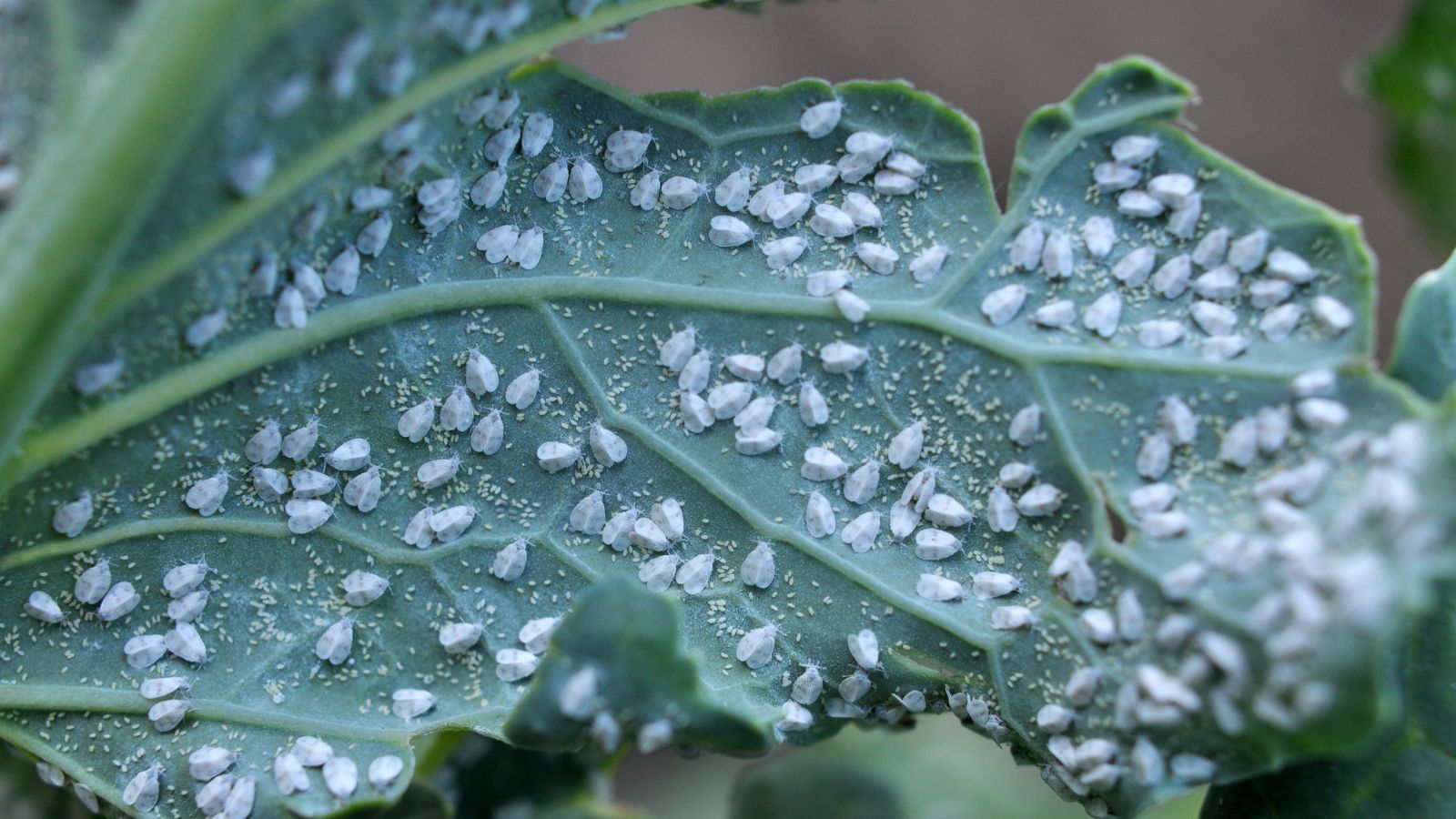
Image credit: Depositphotos.com.
Tiny, powdery white winged insects, whiteflies, are more closely related to aphids than true flies. The feeding of large populations can cause yellowing foliage that may shrivel and fall off the plant. Look also for sticky honeydew secretions, which are sometimes covered in sooty mold.
Use reflective mulch to repel whiteflies (as well as aphids and leafhoppers), and wash off infested plants with water. Remove heavily infested branches and plants. Avoid using broad-spectrum insecticides, which are not effective on whiteflies and instead reduce populations of their predators. Neem oil can be used, but it must coat the entire plant, especially the undersides of leaves, and be reapplied as necessary.
Monitor and Know What to Do
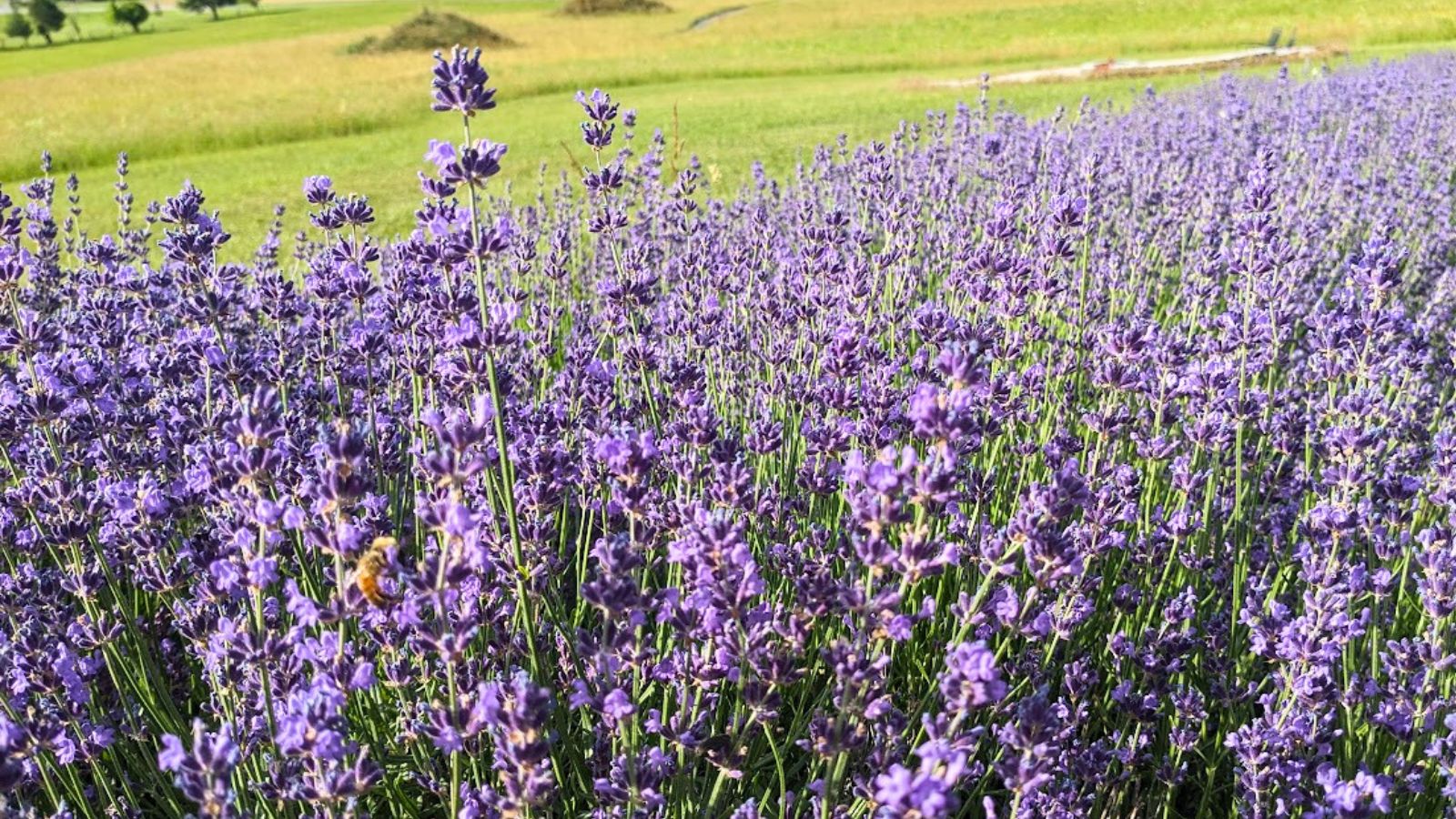
Image credit: Backyard Garden Lover.
Lavender plants grown from healthy seedlings in loose soil with excellent drainage rarely suffer from significant problems. But if you do find yourself facing diseased plants or a large infestation of pests, the above guide will help you identify the problem and take appropriate steps to manage it, so you can get back to enjoying the beautiful and soothing qualities of lavender.

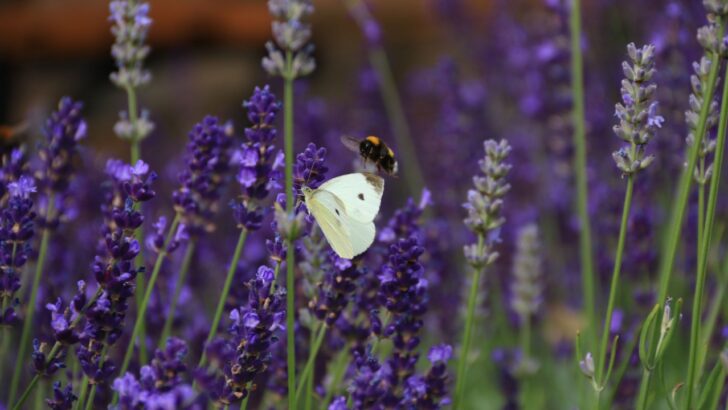

How To Grow Lavender Plants In Your Garden Or In Containers
Sunday 16th of April 2023
[…] 9 Lavender problems and how to solve them […]
The Best Fertilizer For Lavender
Sunday 16th of April 2023
[…] 9 Lavender problems and how to solve them […]
The Best Mulch For Lavender - 6 Great Options
Sunday 5th of February 2023
[…] common lavender problems and how to solve them […]
How To Save A Dying Lavender Plant: 10 Things To Try
Sunday 5th of February 2023
[…] are several lavender pests and diseases and you can usually identify these when your lavender turns different […]
How To Grow Lavender From Cuttings In 6 Easy Steps
Saturday 14th of January 2023
[…] 9 Lavender problems and how to solve them […]